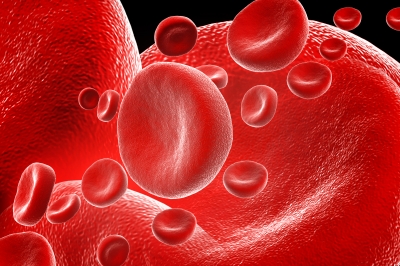Ways to Avoid Varicose Veins


The specific causes of varicose veins are not yet clear to medical professionals. Evidence indicates it may be hereditary, and more women than men are affected. Faulty valves within some veins allow blood to pool and veins become twisted, bulged, and dark blue in color. The most common place to find varicose veins is in the legs, but they can form in other areas. Spider veins are similar, but tend to be smaller and closer to the surface of the skin. These resemble spider webs and are red or blue in color.
Several factors contribute to the formation of varicose and spider veins, so there are ways to avoid getting them. One factor is being immobile for an extended period of time, such as bed confinement, healing from an accident, or trauma that results in a long convalescence. That may not be easy to avoid, but other factors that are within control. Avoiding high heels can help maintain proper vein health. They may be in fashionable, but high heels affect the proper functioning of larger veins in the legs. Obesity is also a contributing factor in varicose veins, so maintaining a healthy weight can help avoid them.

Regular exercise improves circulation and varicose veins treatment keeps blood pumping evenly. The lack of exercise can make veins clot, twist, or erupt. Standing or sitting for extended periods of time can increase the risk of varicose veins. If a job demands a lot of sitting or standing, try to stretch at regular intervals. It is also helpful to elevate legs once work is done for the day. Support stockings will also help while on the job. They stimulate circulation and prevent clotting.
Varicose veins and spider veins will get worse if not treated, so recognizing some of the symptoms will help people be aware of when to discuss the issue with their doctor or when to visit a vein clinic. Brownish coloration on the skin surface is caused when capillaries erupt. That is a sign of the development of varicose veins. Cramping of the leg muscles, skin rashes, pain, and skin ulcers may be due to varicose veins. Blood clots in the legs, also known as thrombophlebitis, can lead to varicose veins.
Knowing signs and symptoms of varicose veins, as well as how to avoid them, can help people live healthier lives. Untreated varicose veins can cause ulceration, blood clots, skin breakdown, venous eczema, and may lead to some skin cancers. Do not hesitate to seek vein treatment once signs are noticeable.